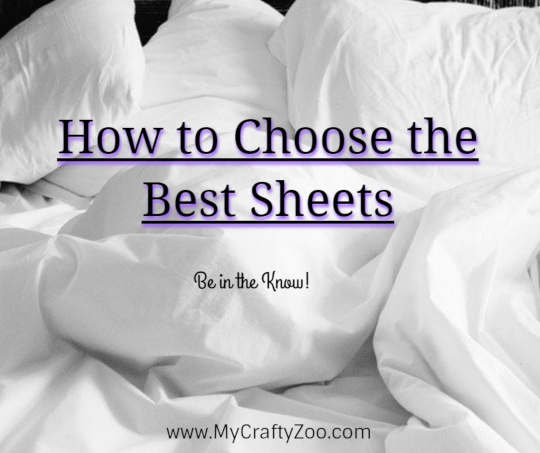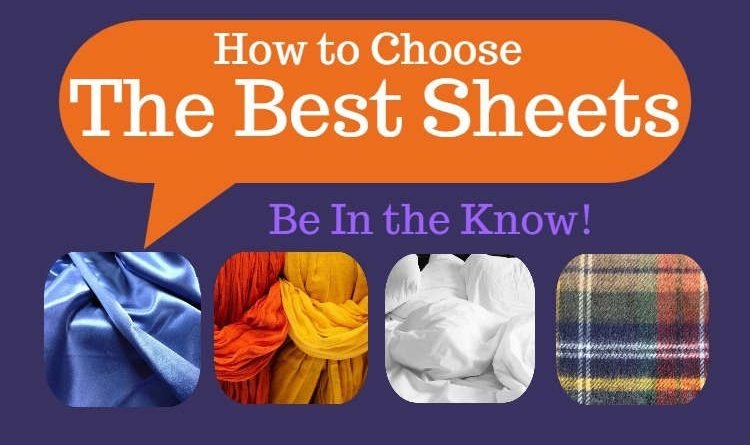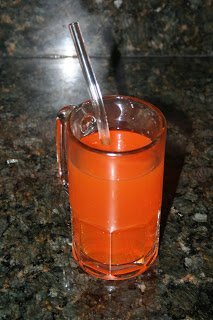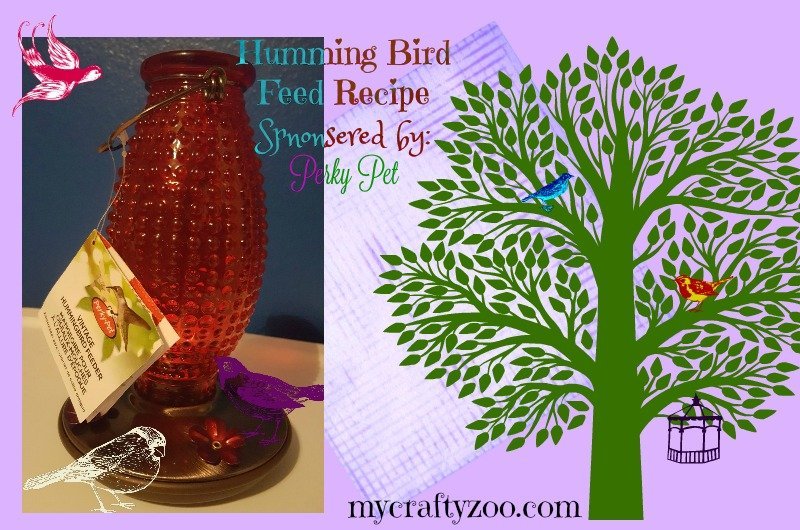How to Choose the Best Sheets: Be In the Know
There are countless choices of bed sheets out there and I’ve always found it hard to choose. Over the years, I’ve managed to figure out what I like and what I don’t but it sure would have saved a lot of aggravation and money if I’d known more then.
This post is to help everyone be in the know on the best sheets, not just quality wise, but for individuals!

What to Consider
There are important things to consider when choosing the right bed sheets, so let’s start by making a list:
- What is your budget?
- Are you a hot or cold sleeper?
- Do you live in a hot or cold climate region?
- Do you like heavier sheets or light sheets?
- For lighter sheets, you’ll want to go with single ply fabrics.
- For heavier sheets, go with 2 ply fabrics. Personally, I prefer heavier sheets as they don’t seem to get tossed off the bed as much since we have problems staying still when we sleep. The down side of these is that they don’t last as long as singly ply fabrics unless you buy the right type of material. Unfortunately, they don’t bring much of that luxurious soft feel.
 Differences in Sheets
Differences in Sheets
Thread count can be confusing, but it boils down to this- the higher the thread count, the softer the sheets-to a point. It honestly depends on the type of material as some materials are softer than others. When researching for this post, I found that 200-400 thread count seems to be the best. As it turns out, anything over 500 feels the same, so don’t be suckered into buying a more expensive, higher count. It’s a marketing ploy.
For lighter sheets, you’ll want to go with single ply fabrics. While they are a little more expensive, you’ll appreciate their softness enough to quickly forget about the extra bucks you spend. Plus, they’ll likely last longer therefore are a better bargain in the long run.
For heavier sheets, go with 2 ply fabrics. Personally, I prefer heavier sheets as they don’t seem to get tossed off the bed as much since we have problems staying still when we sleep. The down side of these is that they don’t last as long as singly ply fabrics unless you buy the right type of material. Unfortunately, they don’t bring much of that luxurious soft feel.
Types of Sheets
- Egyptian Cotton Sheets: Egyptian cotton requires dry, arid land to grow so it is primarily grown in the Nile. It is a lightweight, strong and very soft type of cotton that is both durable and breathes very well. (I’ve always wanted a robe made of Egyptian Cotton!) It’s also commonly referred to as the best type of cotton. Just make sure that you are buying pure, Egyptian cotton. Otherwise, you’ll be paying good money for not so great sheets. PureParima, for example, sells 100% certified Egyptian cotton and is a family owned business based in the US. Two things I love in a company!
- Pima Cotton Sheets: Pima Cotton is breathable, absorbent and strong. It is a blend of US cotton and Egyptian cotton. It’s grown in the Southwestern part of the US. The down side is that it is often more expensive than other types.
- Flannel Sheets: Flannel sheets are definitely a warmer sheet as it holds heat very well.
- Linen Sheets: Hypo-allergenic, great for people with skin conditions and children. While they do hold up well, they tend to stay wrinkled.
- Silk: Also a hypo-allergenic option. They are very soft but my personal problem with them is that sometimes your toenails snag on them. I cannot stand that! They are very slick so are a little harder to keep on the bed if you toss and turn.
- Polyester Sheets: For sheets, it’s mixed with either cotton or other fabrics to make it inexpensive. They do tend to be stiff and not so comfortable. However, they are super budget friendly.
Hopefully this helped you narrow down what you’d like to have for your perfect night’s sleep. We’ve also done one on choose the right bedding if you are interested!
If hypo-allergenic is a priority for you, you may also be interested in our post about getting rid of allergens in your home.



